Artificial intelligence developed for spray drone modified to monitor fields for weeds, disease or even insect infestations
Regina-based Precision AI is having a great year. Last summer, during the Ag In Motion outdoor farm show held near Saskatoon, the company launched its autonomous, fixed-wing drone that uses artificial intelligence to identify and treat individual weeds within a broad-acre-crop canopy. In March, it won numerous international awards for the drone, including the Cooperative […] Read moreFlax

Crop groups present united front
Saskatchewan crop commissions are uniting under a new banner on certain policy issues. SaskCrops was formed by Saskatchewan Pulse Growers, the Saskatchewan Canola Development Commission, the Saskatchewan Wheat Development Commission, the Saskatchewan Barley Development Commission, the Saskatchewan Flax Development Commission and the Saskatchewan Oat Development Commission. “Crop commissions in Saskatchewan have worked closely together for […] Read more
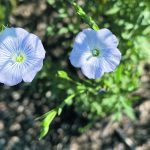
Flax hits another hurdle
Canadian flax is encountering yet another trade obstacle in the European Union. The EU has established new maximum levels for hydrocyanic acid in flax that went into effect Jan. 1. The acid is a health concern because it is converted to cyanide in the intestinal tract of humans. The EU’s new hydrocyanic acid limit amounts […] Read more
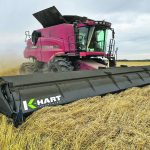
Stripper header built by NA manufacturer
K-Hart Industries is getting into the stripper business. Kim Hartman is the president of K-Hart, and he said the company’s new Raptor stripper header is similar in design to the European-built Shelbourne Reynolds stripper headers that have been sold on the Prairies for 30 years. “We’re very similar to theirs, we’ve just tweaked it. We’ve […] Read more
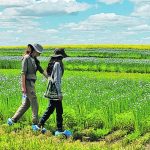
Chickpea-flax combo delivers in the field
Compared to the monocrops, Lana Shaw’s chickpea-flax combo was the clear winner, showing resiliency during extreme growing conditions. “It really put this chickpea-flax system under a pressure cooker of being seeded late with excess moisture. That’s a bad scene for chickpeas,” said Shaw, research manager at the South East Research Farm in Redvers, Sask. “We’re […] Read more
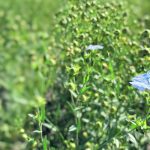
Flax producers watch demand crash
The crop has lost key markets such as China and the European Union, with only the U.S. remaining as a significant buyer
Chuck Penner says Canada’s flax growers need to come to grips with a harsh reality. “As much as it pains me to say this, Canada doesn’t drive the flax market anymore,” said the analyst from LeftField Commodity Research. Canada produced an estimated 474,000 tonnes of flax in 2022-23. Russia grew 1.5 million tonnes by comparison […] Read more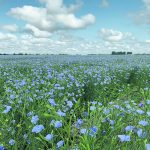
Flax commission ponders moving levy to sales percentage
Proposal to end tonnage based checkoff prompted by soaring prices and the dismal state of Sask. organization’s finances
The Saskatchewan Flax Development Commission wants to change the way it collects levy revenue in the province. Delegates attending the organization’s annual general meeting passed a resolution to seek input from registered flax growers this year about switching to a percentage-based levy amounting to 0.5 percent of gross sales, effective Aug, 1, 2024. The current […] Read more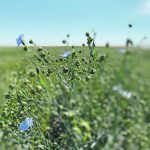
Sask. canola, flax commissions to share executive director
Two Saskatchewan farm groups have announced a new management collaboration. The Saskatchewan Canola Development Commission plans to take over administrative functions for the Saskatchewan Flax Development Commission. SaskFlax lost its long-time executive director late last year when Wayne Thompson was hired by the Western Grains Research Foundation to replace outgoing WGRF executive director Garth Patterson. […] Read more
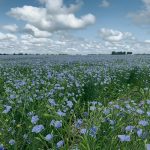
Sask. canola, flax groups to share executive director
Two Saskatchewan farm groups have announced a new management collaboration. The Saskatchewan Canola Development Commission plans to take over administrative functions for the Saskatchewan Flax Development Commission. SaskFlax lost its long-time executive director late last year when Wayne Thompson was hired by the Western Grains Research Foundation to replace outgoing WGRF executive director Garth Patterson. […] Read more
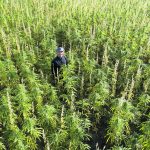
Hemp poised for breakthrough in four potential markets
As one of the founding partners of Blue Sky Hemp Ventures in Saskatoon, Andrew Potter believes innovation within the hemp realm is key to ensuring its long term sustainability — from field to fork and from seed to sale. “Hemp is the perfect tool to meet these goals. Each acre produces high quality plant-based protein […] Read more




